20 Ways Animals Have Been Used in Unbelievable Scientific Experiments
Modern science often relies on computer models and lab-grown tissues for research, but there was a time when scientists had to get remarkably creative with their experiments. While today’s ethical guidelines ensure animal welfare in research, looking back at historical experiments reveals some truly astonishing discoveries that shaped our understanding of the natural world.
Here are twenty remarkable ways animals have contributed to scientific breakthroughs, many of which still influence research today.
Space Pioneers
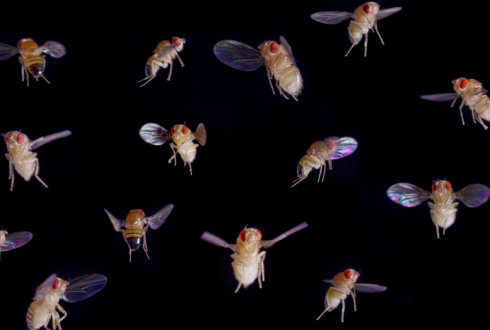
Before humans ever ventured into space, fruit flies became the first Earthly travelers to reach the final frontier. Launched aboard captured V-2 rockets, these tiny insects helped scientists understand how radiation and zero gravity might affect living organisms.
These brave arthropod astronauts paved the way for more complex animals and eventually human space flight.
Glowing Rabbits
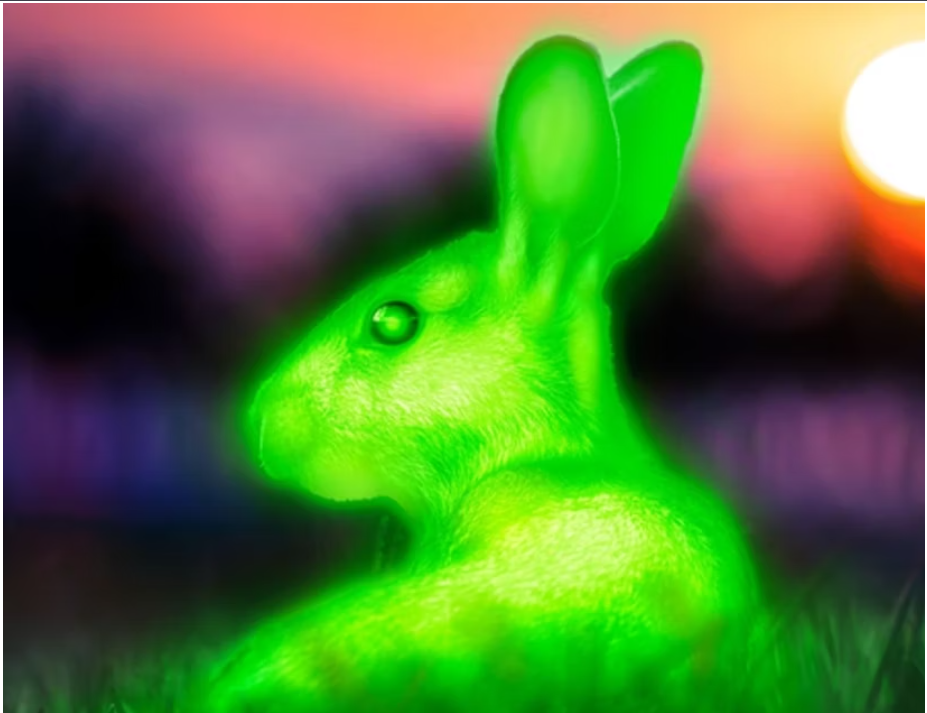
Scientists used jellyfish genes to create rabbits that glowed green under black light. While it might sound like something from a science fiction story, this experiment helped researchers understand how genes could be transferred between species.
These findings led to breakthroughs in medical research and genetic engineering.
Like Go2Tutors’s content? Follow us on MSN.
Swimming Dogs
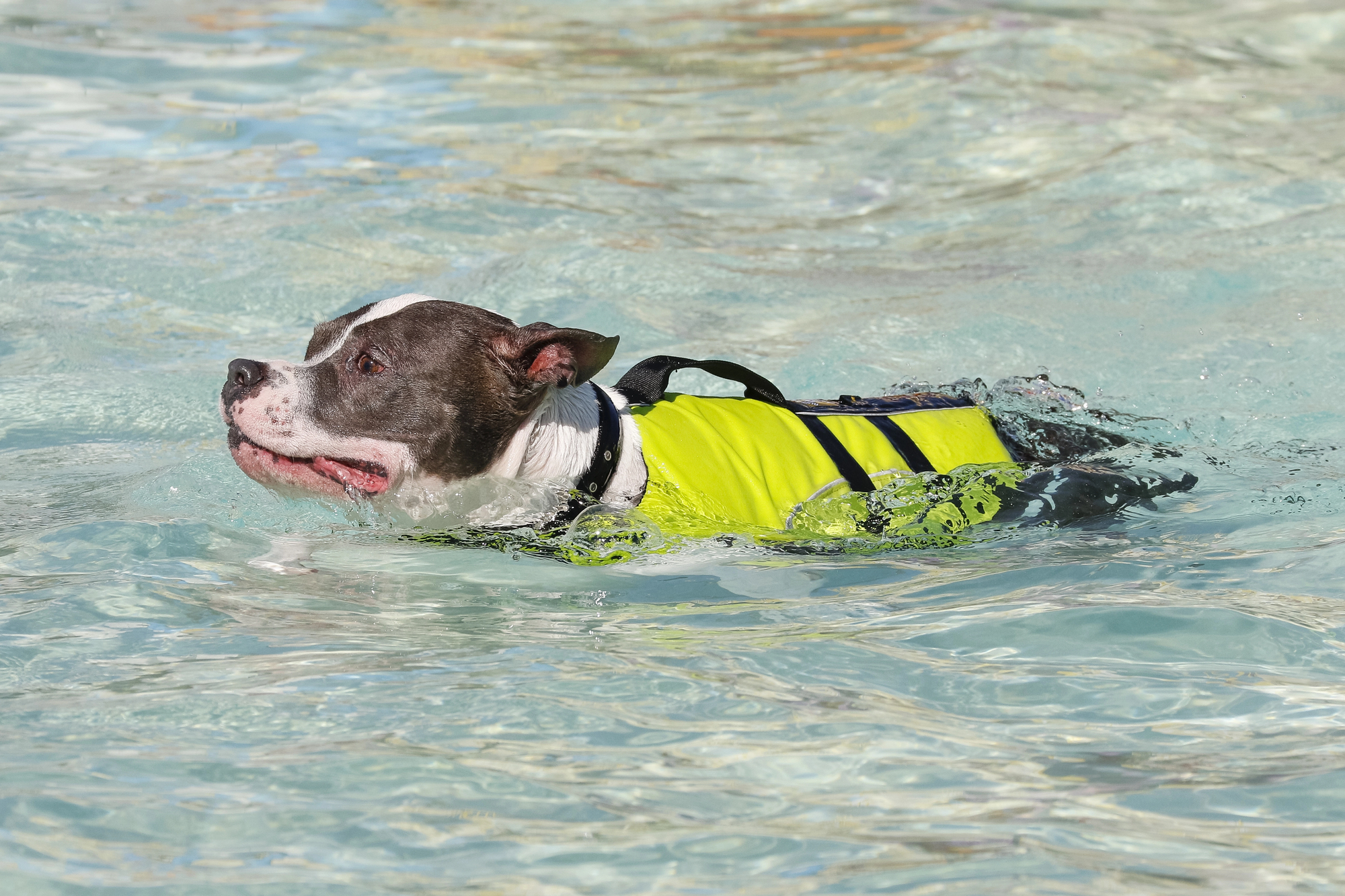
Ivan Pavlov’s famous experiments weren’t just about making dogs salivate at the sound of a bell. Less well-known were his swimming experiments, where dogs in water tanks helped reveal how the nervous system responds to extreme stress.
These studies laid the groundwork for understanding how humans cope with physical challenges.
Electric Love
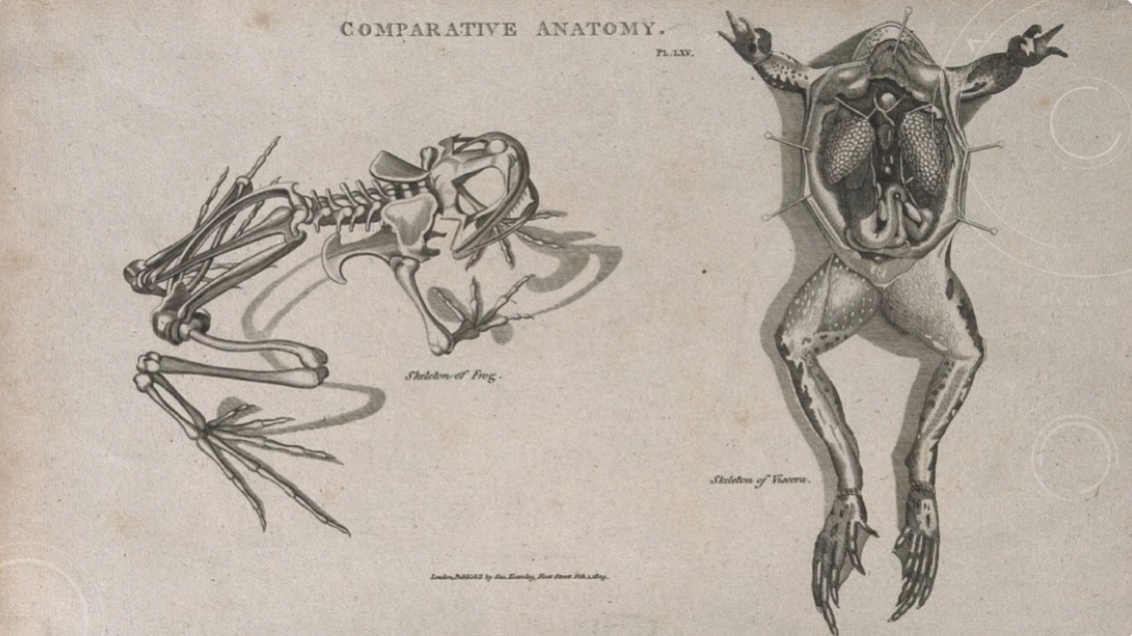
Luigi Galvani’s famous frog leg experiments seemed like pure fantasy to his contemporaries. By making dead frog legs twitch with electricity, he discovered bioelectricity and launched the field of electrophysiology.
Today’s cardiac pacemakers owe their existence to these seemingly bizarre experiments.
Spider Astronauts
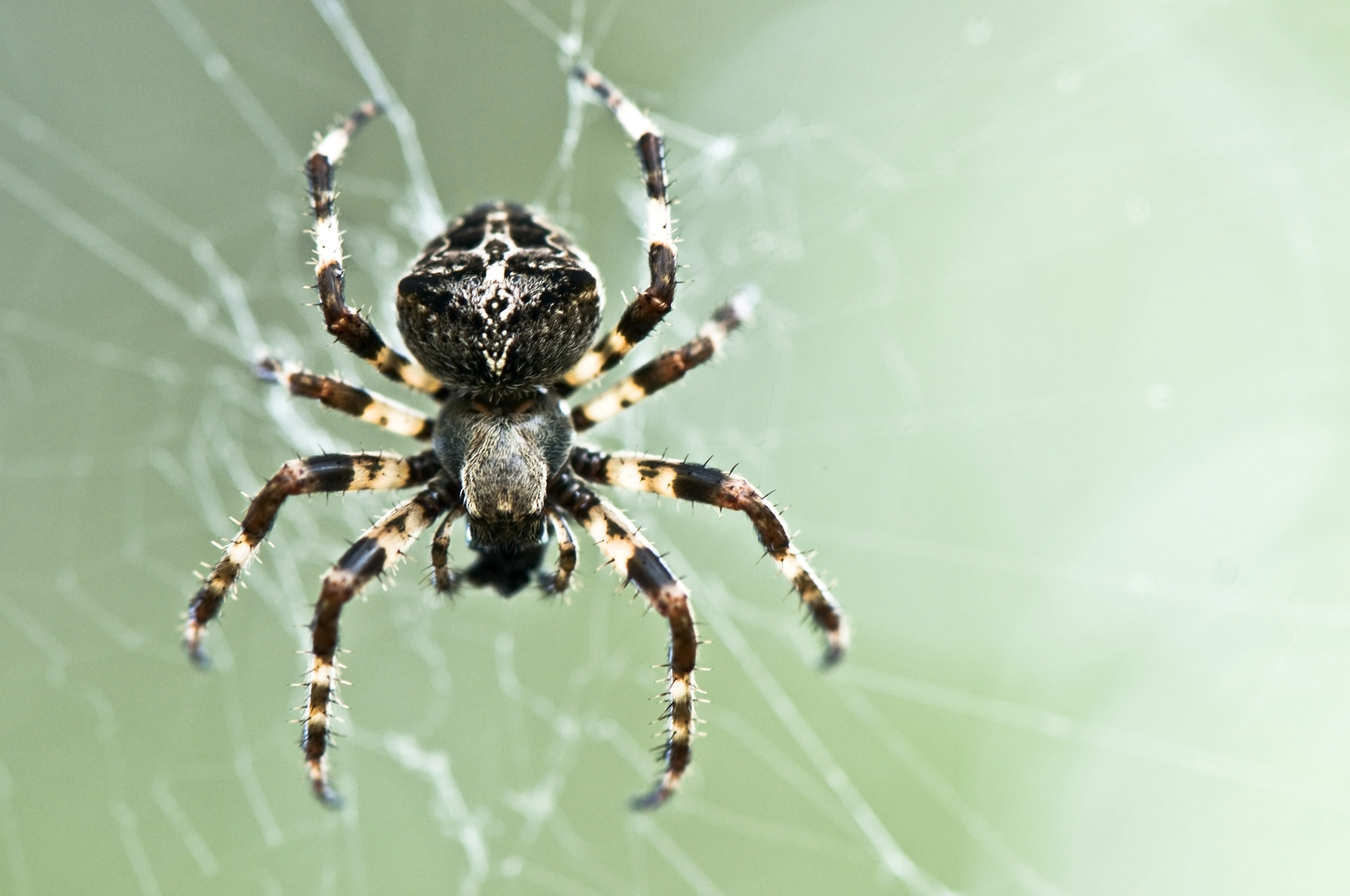
When Skylab launched into orbit, it carried some unusual passengers—spiders. Scientists wanted to know if arachnids could spin webs in zero gravity.
The results showed that while initial webs were messy, the spiders quickly adapted, proving that some behaviors are remarkably flexible even in extreme conditions.
Like Go2Tutors’s content? Follow us on MSN.
Memory Snails
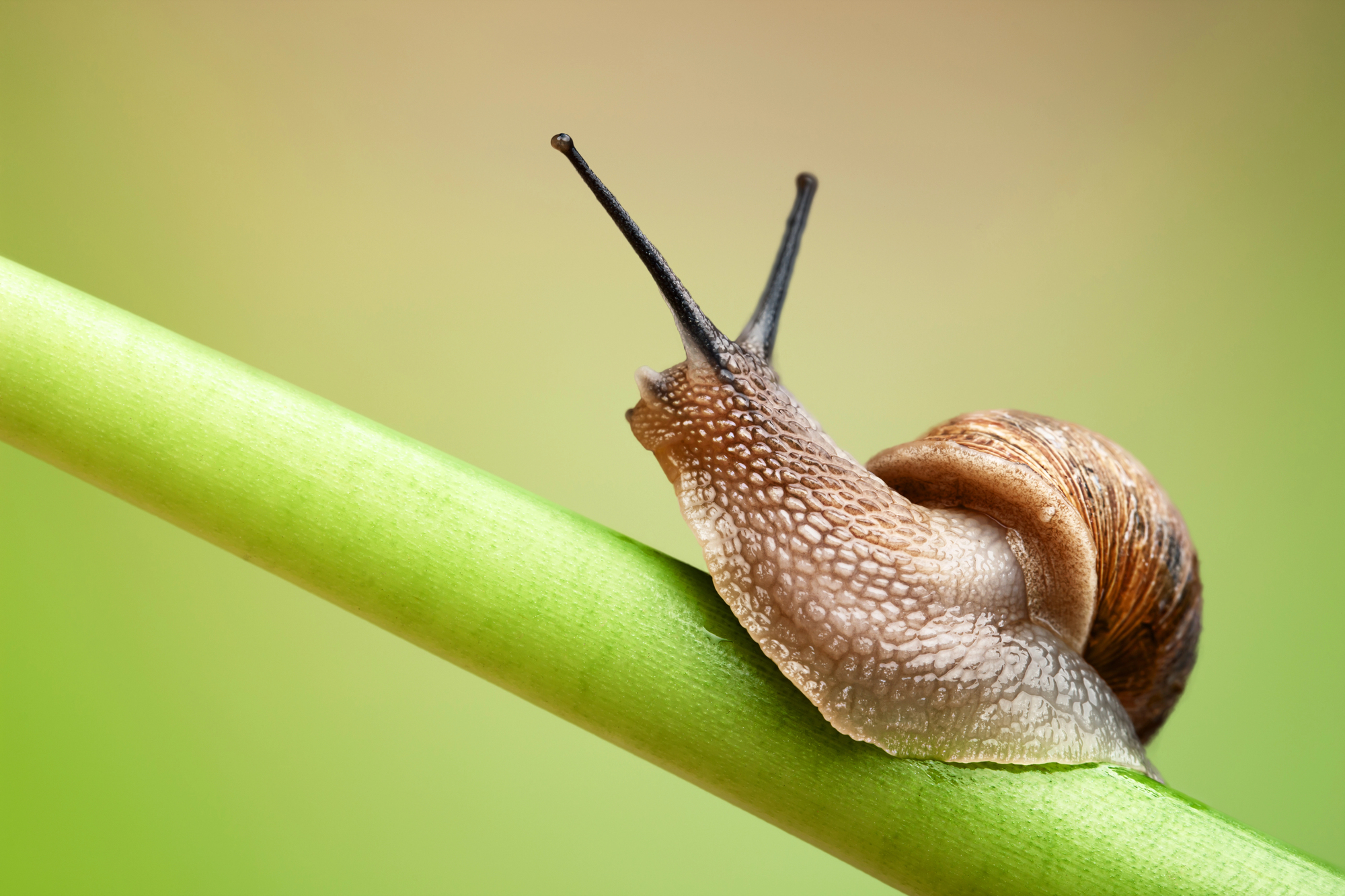
Scientists trained flatworms to respond to light, then ground them up and fed them to untrained flatworms. Surprisingly, the recipient worms seemed to learn faster.
This experiment led to fascinating questions about the physical nature of memory.
Swimming Monkeys
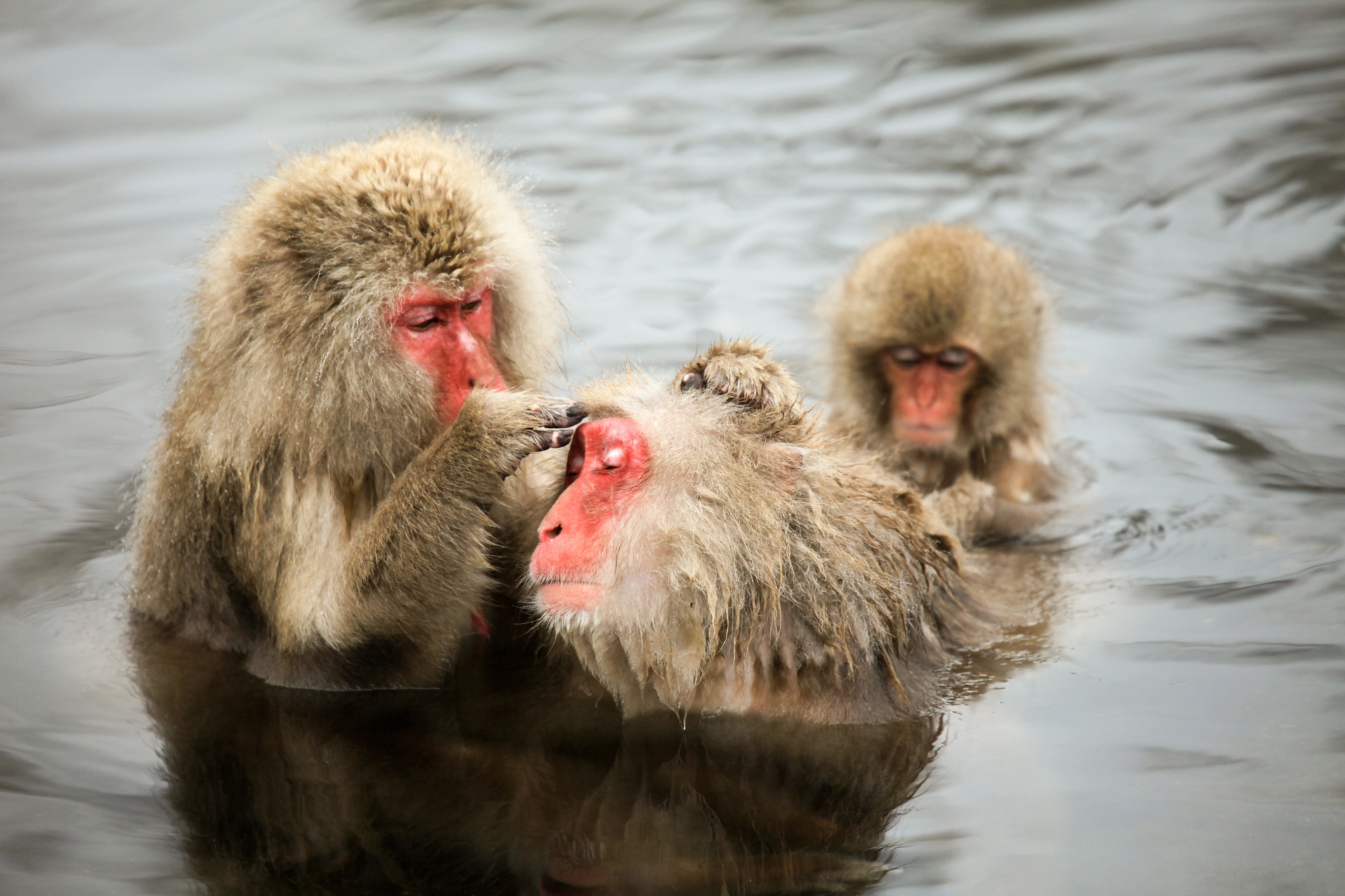
Harry Harlow’s monkey experiments helped reveal the importance of maternal bonding, but lesser-known studies involved teaching monkeys to swim.
These experiments showed how early life experiences shape fear responses and coping mechanisms, influencing our understanding of human psychology.
Sleepless Birds
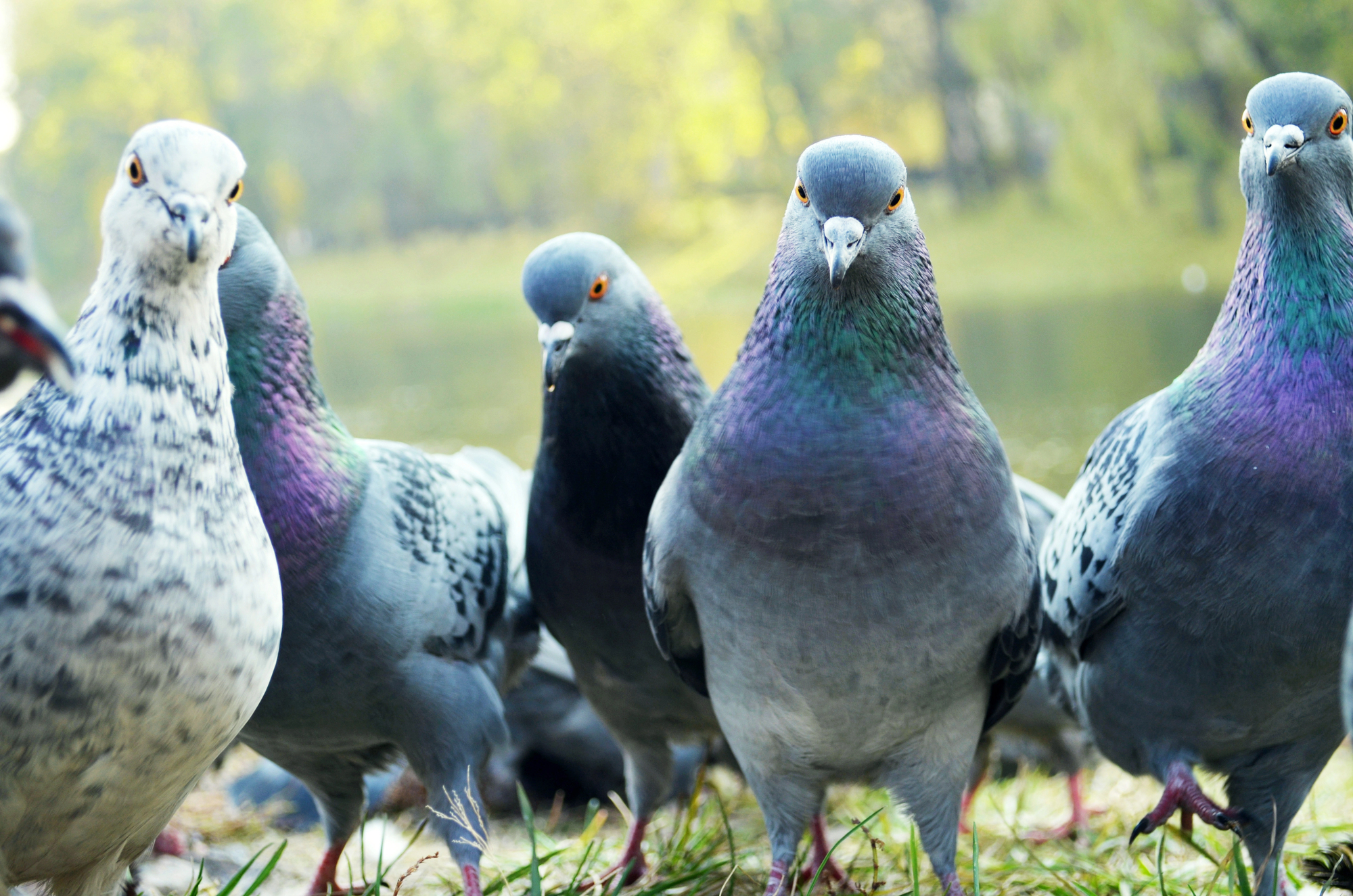
Scientists once kept pigeons awake for days using a clever circular platform that would move whenever the birds dozed off.
These sleep deprivation studies helped reveal the universal need for sleep across species and the effects of sleep loss on the brain.
Like Go2Tutors’s content? Follow us on MSN.
Two-Headed Dogs
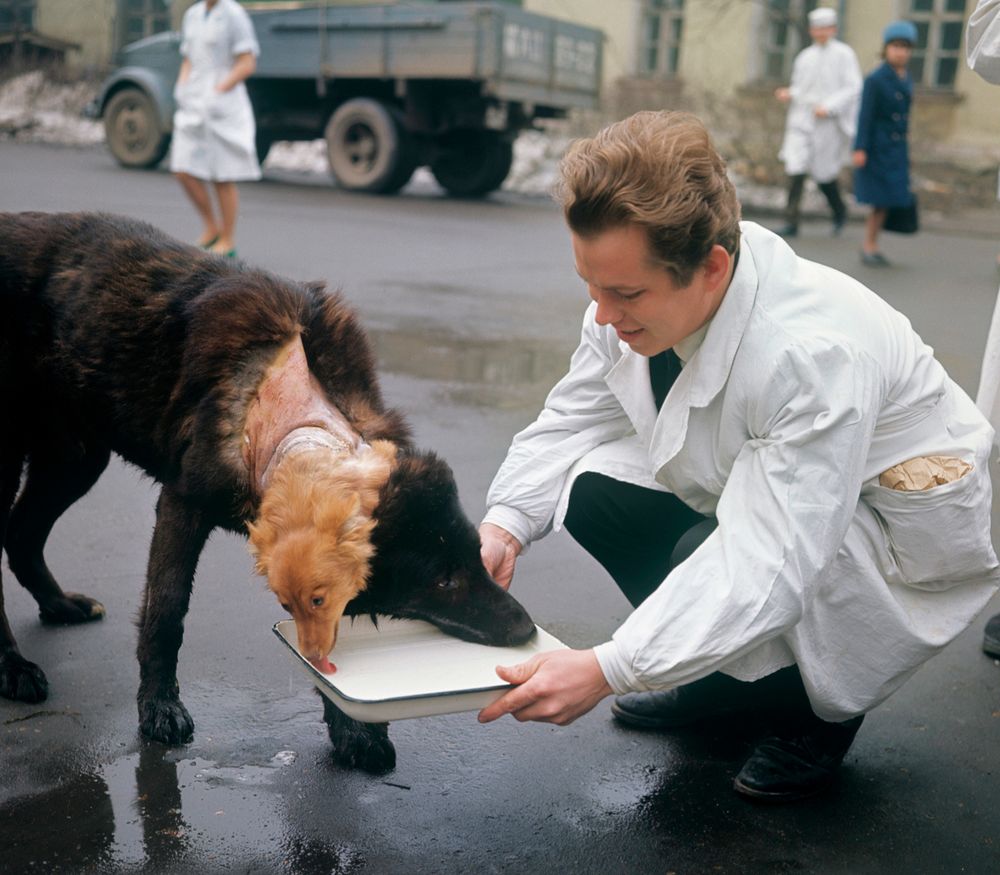
Soviet scientist Vladimir Demikhov conducted transplant experiments that included creating two-headed dogs. While ethically controversial, these experiments pioneered vital surgical techniques.
These developments made modern organ transplants possible.
Musical Mice

Recent experiments have shown that mice can keep a beat and respond to music. However, they prefer songs played at higher frequencies matching their vocal range.
This research helps explain how rhythm perception evolved across species.
Weightless Cats
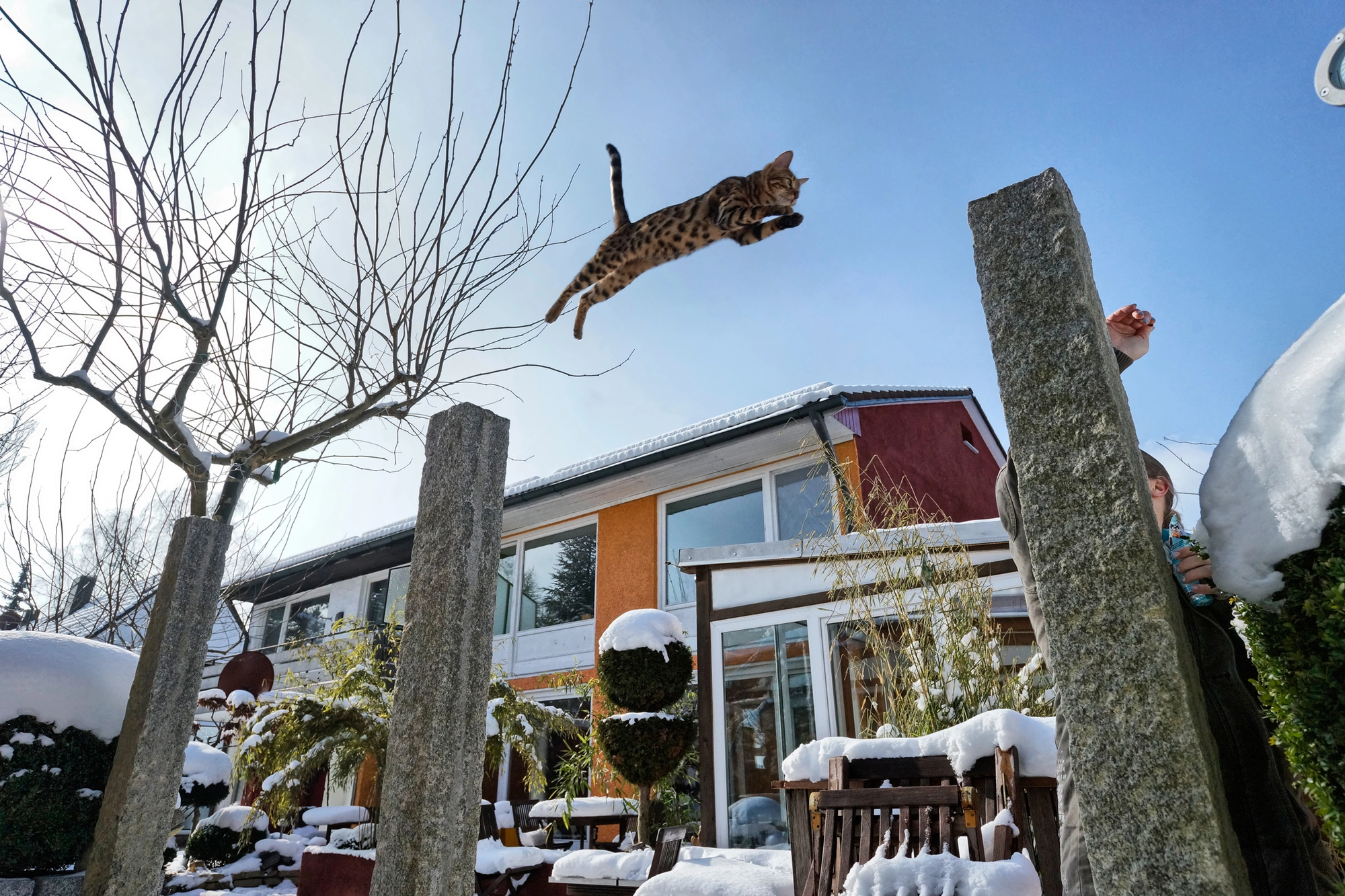
NASA’s fascination with how cats land on their feet led to zero-gravity experiments. Watching cats try to orient themselves in weightlessness helped scientists understand balance mechanisms.
These findings influenced space suit design.
Like Go2Tutors’s content? Follow us on MSN.
Thinking Octopi
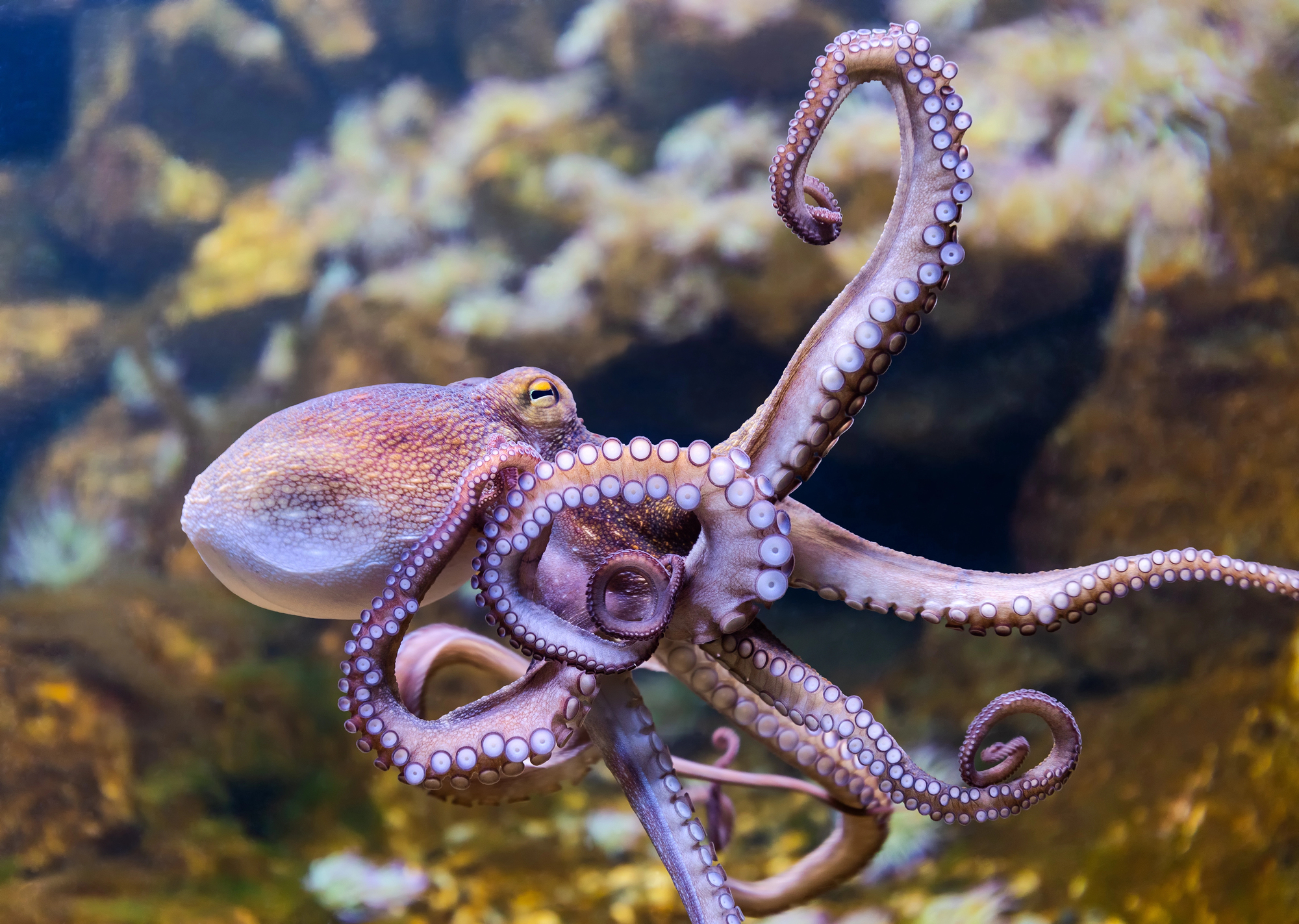
Scientists discovered that octopi could solve puzzles, use tools, and even escape their tanks through careful observation.
These experiments revealed unprecedented levels of intelligence in invertebrates, challenging our understanding of consciousness.
Time-Traveling Hamsters
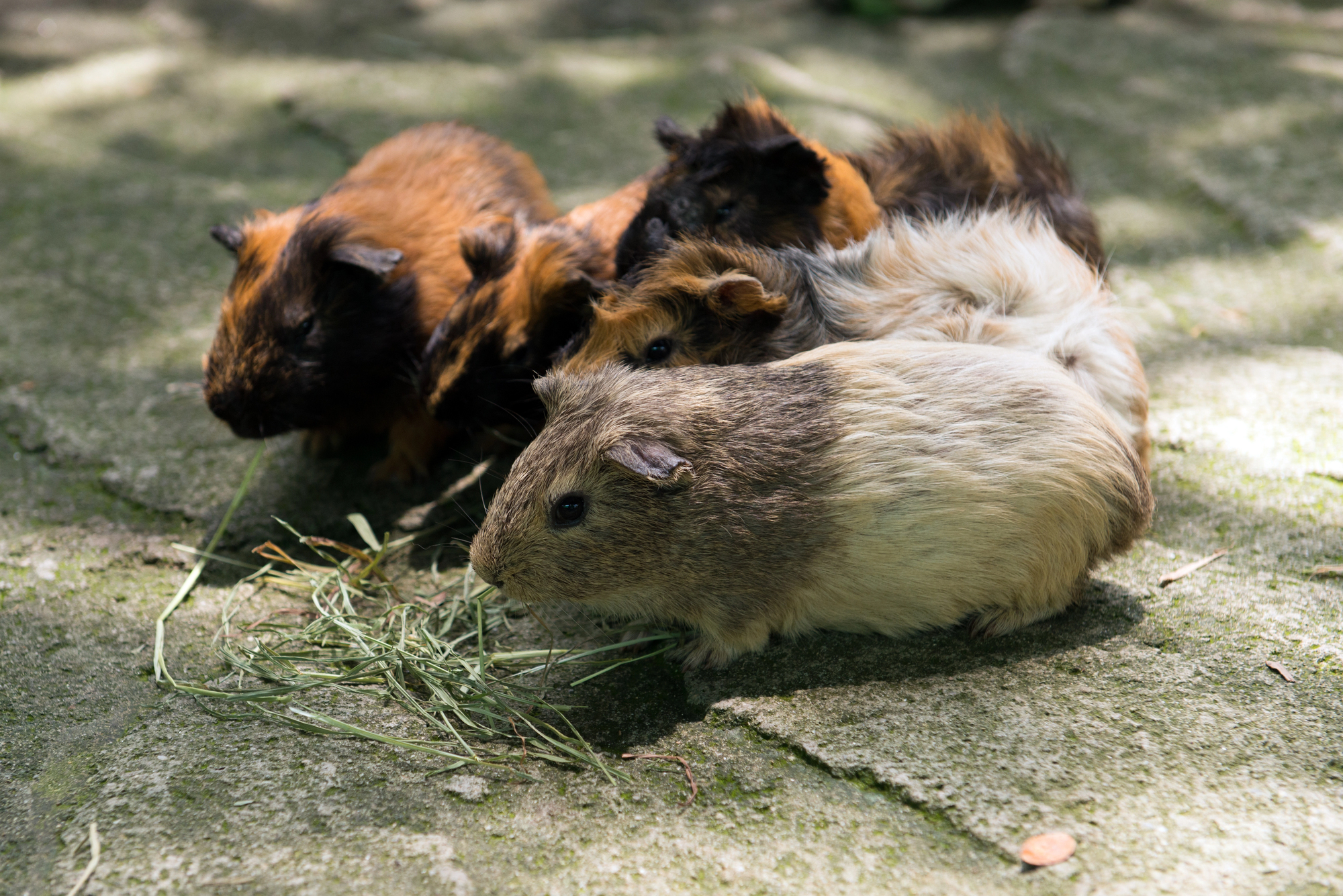
Not literally time travel, but experiments with hamsters helped scientists understand jet lag by manipulating light exposure.
These studies revealed how circadian rhythms work and led to modern treatments for sleep disorders.
Diving Seals
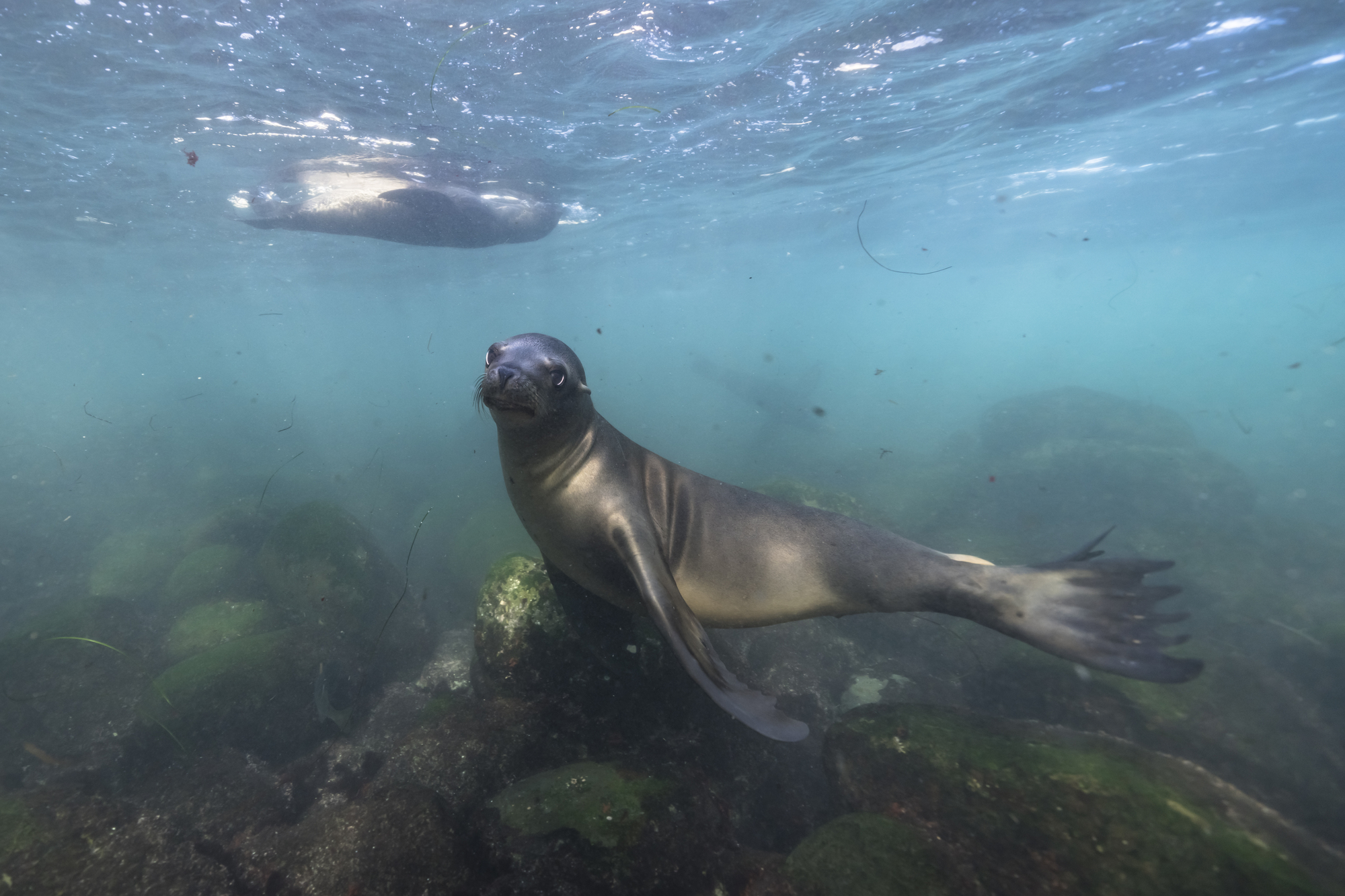
Studies of diving seals revealed remarkable adaptations for holding breath underwater.
These experiments helped develop treatments for premature babies with breathing difficulties and influenced diving equipment design.
Like Go2Tutors’s content? Follow us on MSN.
Magnetic Cows
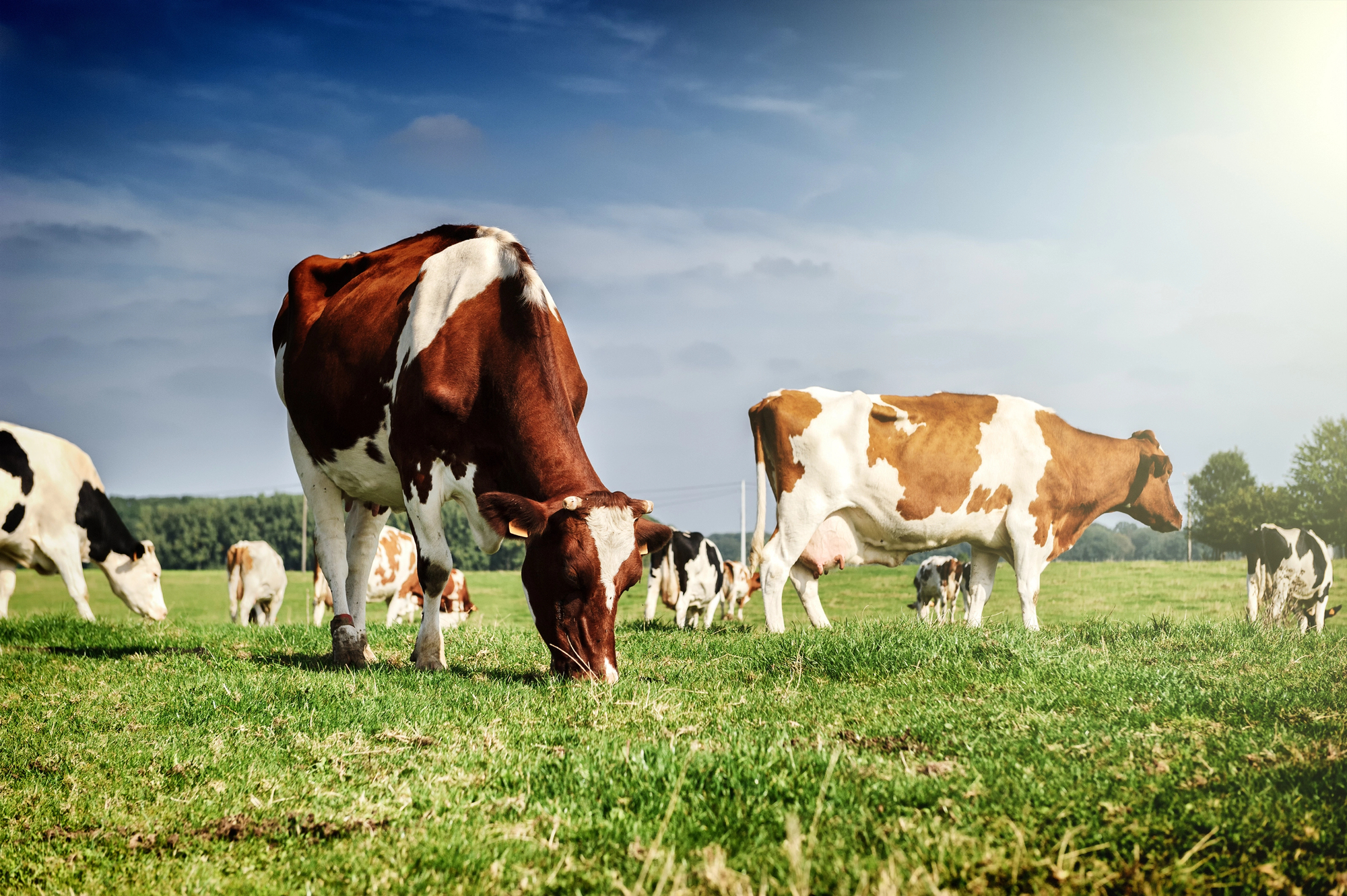
Satellite images revealed that cows tend to align themselves with Earth’s magnetic field when grazing.
This accidental discovery led to experiments showing that many animals can sense magnetic fields, adding to our understanding of animal navigation.
Running Horses
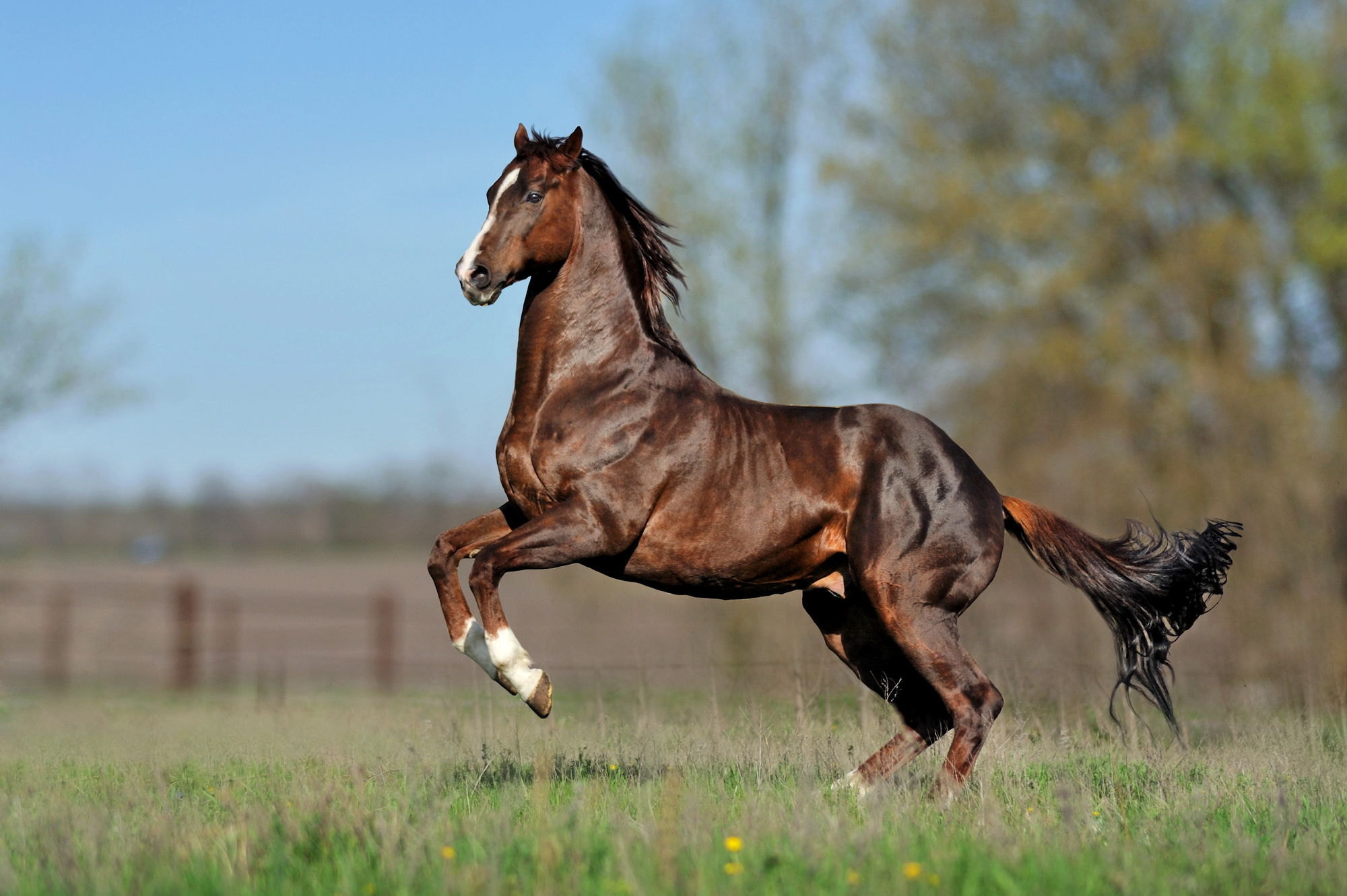
High-speed photography experiments with running horses settled age-old debates about how horses gallop.
These studies revolutionized our understanding of animal movement and laid the groundwork for modern motion pictures.
Speaking Dolphins
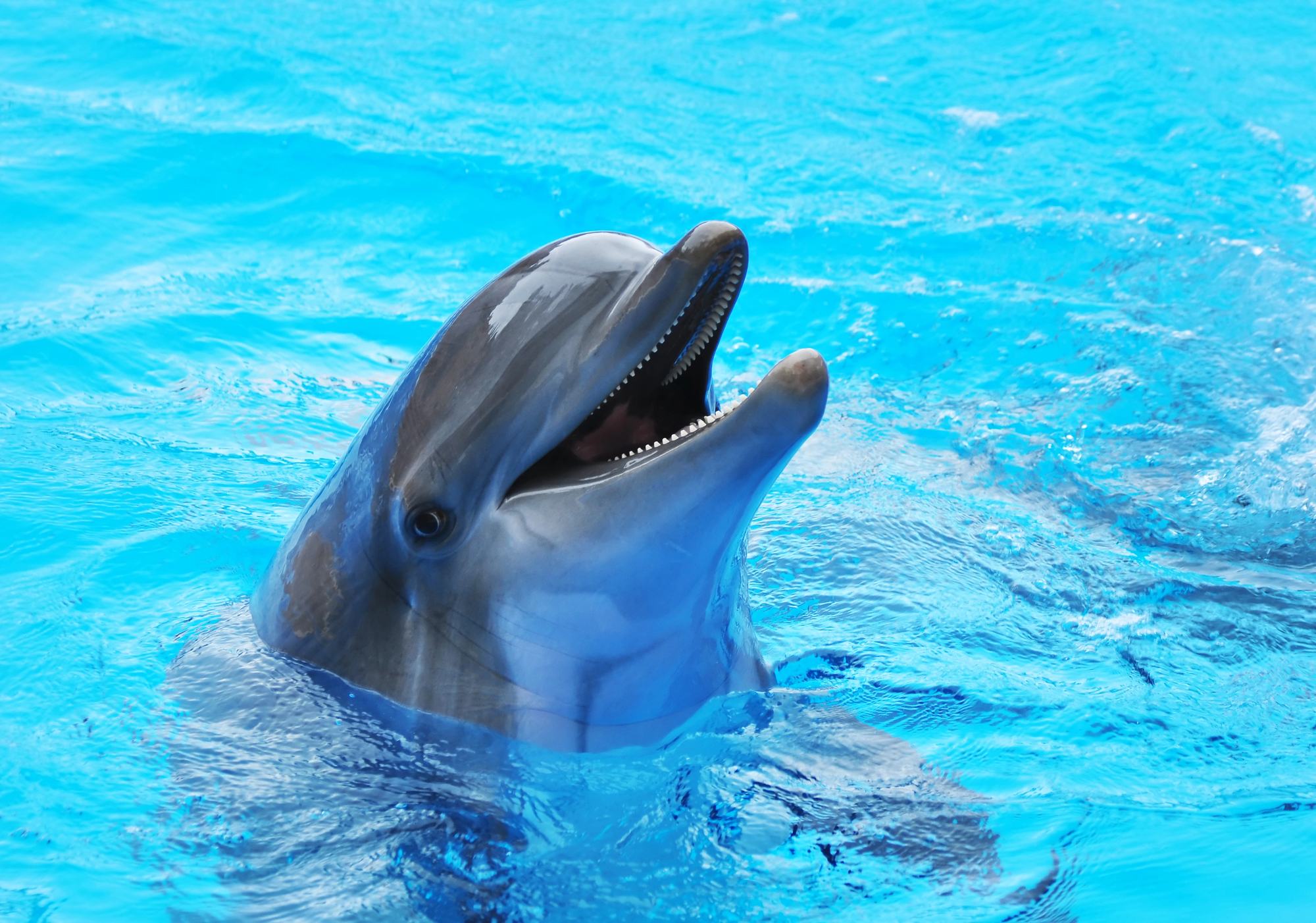
John Lilly’s experiments with dolphins attempted to establish two-way communication between species.
While the results were controversial, these studies revolutionized our understanding of cetacean intelligence and vocal learning.
Like Go2Tutors’s content? Follow us on MSN.
Flying Insects
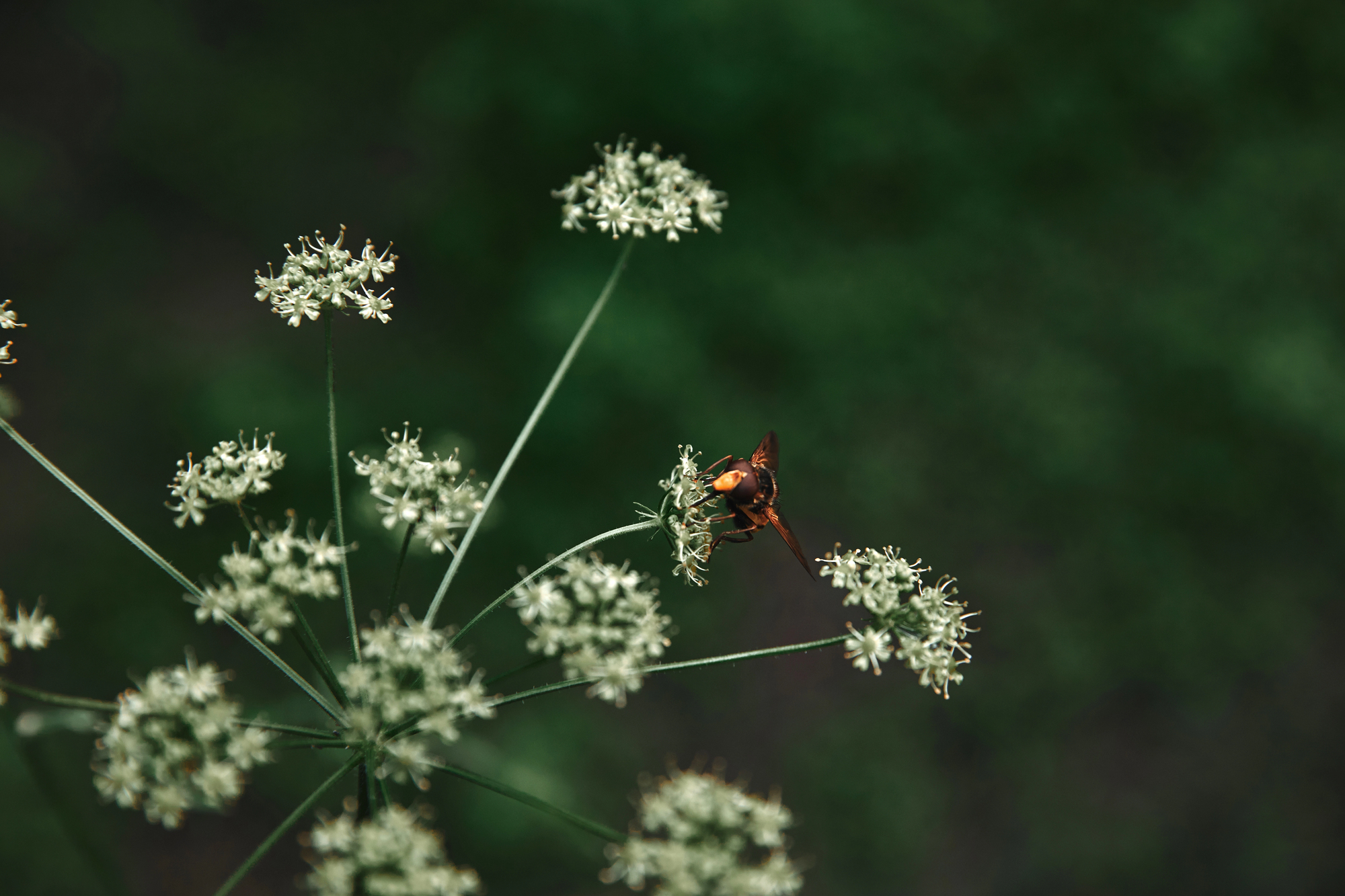
Early experiments with insect flight capabilities helped engineers understand aerodynamics.
Modern high-speed cameras have revealed that insects perform aerial maneuvers that still challenge our most advanced flying machines.
Healing Fish
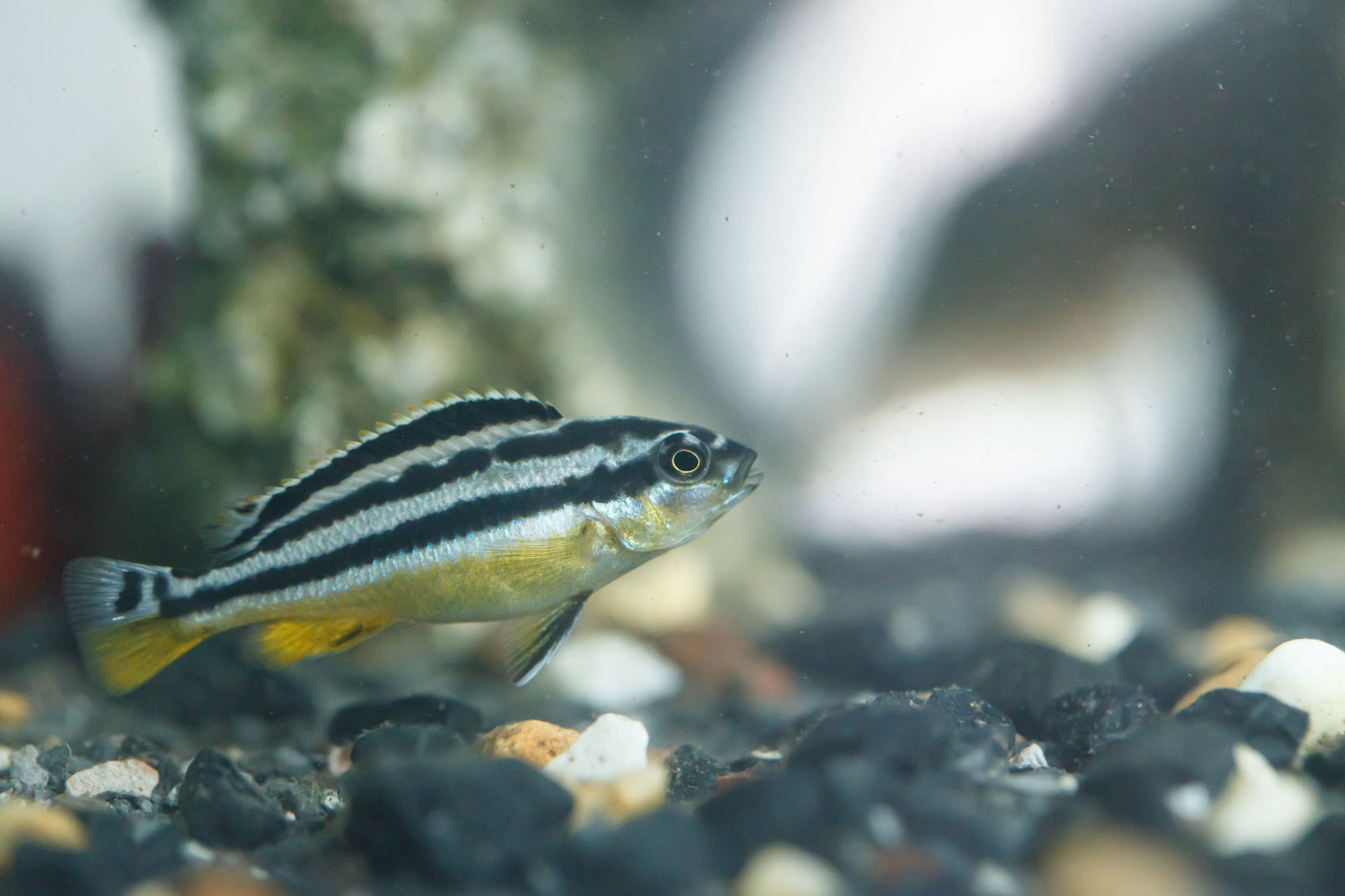
Studies of zebra fish revealed their remarkable ability to regenerate damaged heart tissue.
These experiments continue to influence research into human heart repair and regenerative medicine.
Cooperating Primates
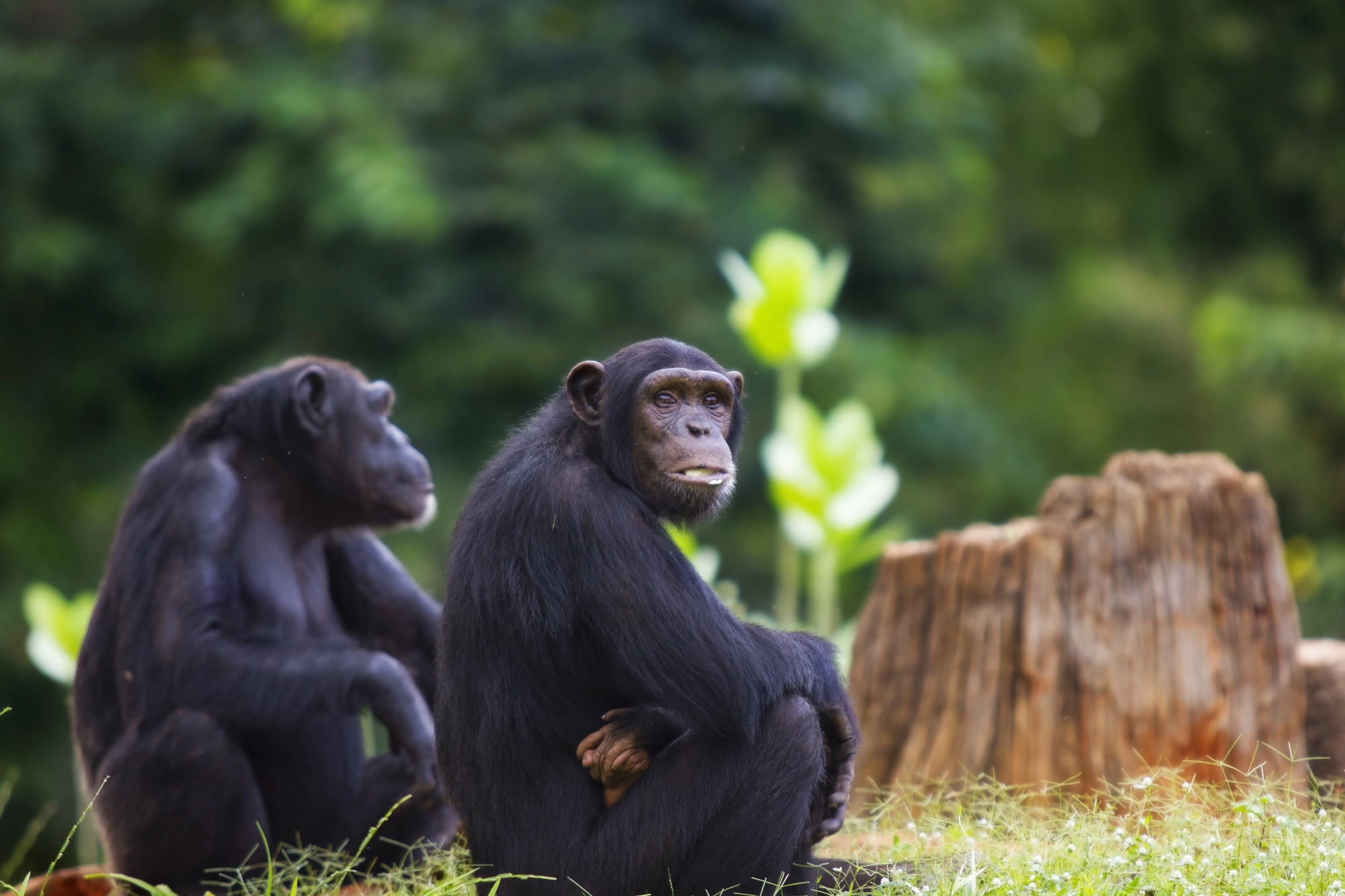
Recent experiments with chimpanzees and bonobos have shown they understand fairness and can cooperate to achieve goals.
These studies provide insights into the evolution of human social behavior and moral reasoning.
Like Go2Tutors’s content? Follow us on MSN.
Looking Forward
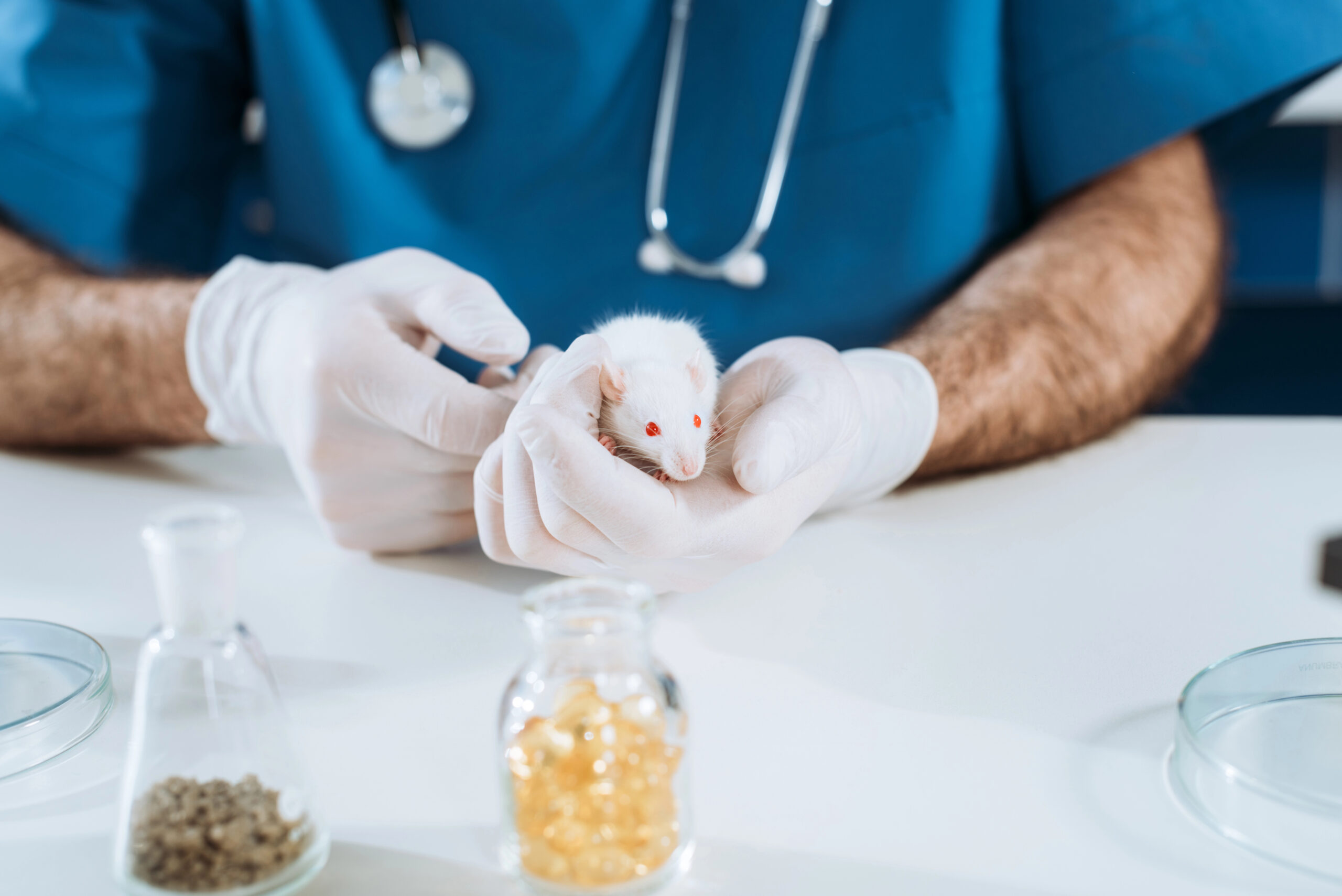
While historical animal experiments often seem unusual by today’s standards, they laid the groundwork for modern scientific understanding. Contemporary research continues with strict ethical guidelines, focusing on minimizing animal use and maximizing welfare.
As technology advances, computer models and lab-grown tissues increasingly replace traditional animal experiments, marking a new chapter in scientific discovery that builds upon this remarkable legacy of animal contributions to human knowledge.
More from Go2Tutors!

- Famous Battles: How Much Do You Really Know About U.S. History?
- Top 5 Most Important Skills, According To Harvard Business School
- How Well Do You Know 90s Pop Culture? Take the Quiz
- Master the Art of Public Speaking with These Expert Tips
- Think You Know Capitals? Put Your Knowledge to the Test
Like Go2Tutors’s content? Follow us on MSN.



